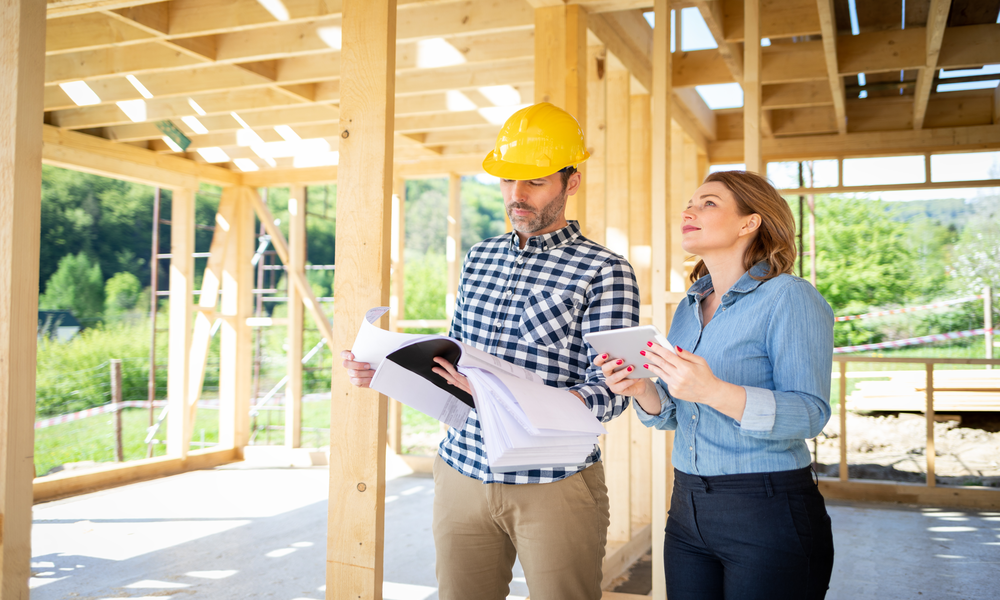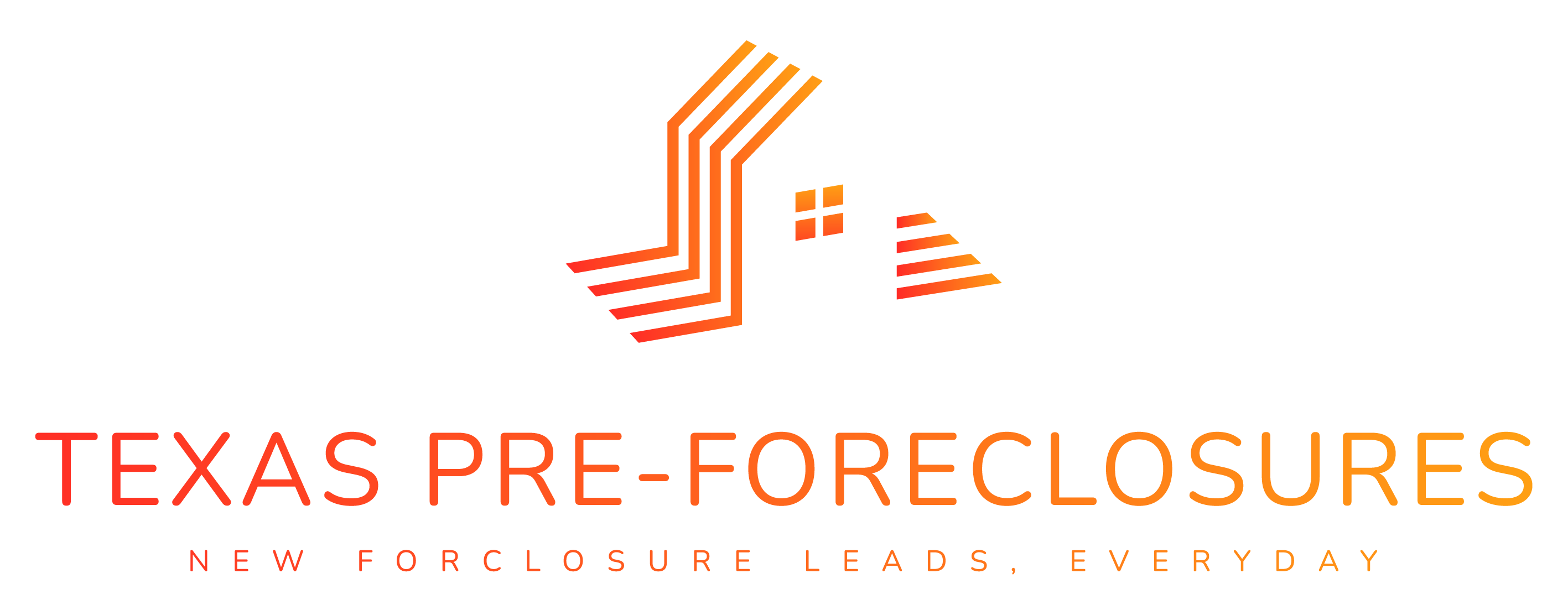20 Common Questions & Answers about Fix & Flip Real Estate
20 Common Questions & Answers about Fix & Flip Real Estate
The allure of fix and flip real estate has captivated many aspiring investors, promising the chance to transform distressed properties into lucrative ventures. However, before embarking on this exciting journey, it’s crucial to address the fundamental questions that lay the foundation for success. In this comprehensive guide, we’ll delve into 20 common questions about fix and flip real estate, providing insightful answers to equip you with the knowledge you need to navigate this dynamic investment landscape.
Question Index:
- What is fix and flip real estate?
- How much money do I need to start flipping houses?
- What are the risks of fix and flip real estate?
- How do I find good deals on fix and flip properties?
- How do I estimate the cost of renovations?
- How do I find buyers for my fix and flip property?
- What tools and resources do I need to flip houses?
- How do I finance a fix and flip project?
- What are the tax implications of fix and flip real estate?
- How do I avoid common mistakes made by fix and flip investors?
- What are some tips for success in fix and flip real estate?
- What are the different types of fix and flip properties?
- How do I know if a property is a good deal for fix and flip?
- What is the timeline for a typical fix and flip project?
- How do I deal with unexpected problems during a fix and flip project?
- How do I maximize my profits from fix and flip projects?
- What are some exit strategies for fix and flip investors?
- What permits are typically required for fix and flip renovations?
- What is the 70% rule in fix and flip real estate?
- What are some resources for fix and flip investors?
Here are the answers to all 20 common questions about fix and flip real estate:
1. What is fix and flip real estate?
Fix and flip real estate is an investment strategy that involves purchasing a distressed property, renovating it, and then selling it for a profit. This strategy can be a lucrative way to make money in real estate, but it is also risky and requires a lot of work.
2. How much money do I need to start flipping houses?
The amount of money you need to start flipping houses will vary depending on the cost of properties in your area and the amount of work that needs to be done to them. However, you will need to have enough money to cover the purchase price of the property, the cost of renovations, and your carrying costs (such as property taxes, insurance, and utilities) until you sell the property.
3. What are the risks of fix and flip real estate?
There are several risks associated with fix and flip real estate, including:
- Overestimating the cost of renovations: Renovations can often cost more than you expect, which can eat into your profits.
- Underestimating the time it takes to renovate: Renovations can often take longer than you expect, which can delay your sale and increase your carrying costs.
- Not being able to sell the property for your desired price: The real estate market can fluctuate, and you may not be able to sell the property for as much as you hoped.
4. How do I find good deals on fix and flip properties?
There are a number of ways to find good deals on fix and flip properties, including:
- Networking with other investors: Other investors can be a great source of information about off-market properties.
- Attending real estate auctions: Properties that are sold at auction are often distressed properties that can be good deals for flippers.
- Driving for dollars: This involves driving through neighborhoods and looking for distressed properties.
5. How do I estimate the cost of renovations?

The best way to estimate the cost of renovations is to get a professional estimate from a contractor. However, you can also do some research on your own to get a ballpark idea of the costs.
6. How do I find buyers for my fix and flip property?
There are a number of ways to find buyers for your fix and flip property, including:
- Listing the property on the MLS: This is the most traditional way to find buyers, but it can also be the most competitive.
- Marketing the property directly to buyers: This can be done through online marketing, direct mail, or even door-to-door canvassing.
- Working with a real estate agent: A real estate agent can help you market your property to buyers and negotiate the sale.
7. What tools and resources do I need to flip houses?
There are a number of tools and resources that can be helpful for flippers, including:
- Real estate investing software: This software can help you track your finances, manage your projects, and find potential properties.
- Contractor referral services: These services can help you find qualified contractors for your renovation projects.
- Home inspection services: These services can help you identify any potential problems with the property before you buy it.
8. How do I finance a fix and flip project?
There are a number of ways to finance a fix and flip project, including:
- Hard money loans: These loans are specifically designed for real estate investors and typically have higher interest rates than traditional mortgages.
- Cash: If you have the cash available, it can be the most cost-effective way to finance your project.
- Private money lenders: These are individuals or businesses that lend money to real estate investors.
9. What are the ta implications of fix and flip real estate?
There are a number of tax implications that you need to be aware of when flipping houses, including:
- Capital gains taxes: You will need to pay capital gains taxes on the profit you make from the sale of the property.
- Depreciation: You may be able to deduct depreciation on the property, which can reduce your tax liability.
- Passive income taxes: If you flip more than three properties per year, you may be considered a real estate professional, which means your profits will be taxed as ordinary income.
10. How do I avoid common mistakes made by fix and flip investors?
Some of the most common mistakes made by fix and flip investors include:
- Overpaying for a property
- Underestimating the cost of renovations
- Not getting the necessary permits
- Doing the work themselves without the proper experience
- Not marketing the property effectively
11. Tips for Success in Fix and Flip:
- Do your research: Understand the market, analyze potential deals, and thoroughly inspect properties before purchase.
- Build a team: Partner with reliable contractors, real estate agents, and other professionals.
- Set realistic budgets and timelines: Factor in unexpected costs and delays when planning renovations.
- Prioritize quality workmanship: High-quality renovations attract buyers and command higher prices.
- Market effectively: Showcase the property’s features and target the right audience.
- Negotiate well: Negotiate purchase price, contractors’ fees, and the sale price to maximize profit.
12. Different Types of Fix and Flip Properties:
- Single-family homes: Most common type, offering a wide range of investment opportunities.
- Multi-family homes: Potential for multi-unit rental income even after flipping.
- Condos and townhomes: Appealing for their lower maintenance and potential rental income.
- Commercial properties: Requires specialized knowledge but can offer higher returns.
13. Identifying a Good Fix and Flip Deal:
- Undervalued properties: Homes priced below market value offer higher potential profit.
- Properties needing cosmetic renovations: Simple updates can significantly increase value.
- Properties in desirable locations: Attractive neighborhoods attract buyers more readily.
- Properties with good bones: Ensure the structure is sound despite any cosmetic issues.
14. Timeline for a Typical Fix and Flip Project:
- Acquisition: Research, property selection, negotiation, and closing (1-4 weeks).
- Planning: Permitting, contractor selection, and renovation planning (1-4 weeks).
- Renovation: Duration varies depending on project scope and complexity (4-12 weeks).
- Marketing and sales: Listing, open houses, and buyer negotiations (2-8 weeks).
15. Dealing with Unexpected Problems:

- Maintain a contingency fund: Have backup funds for unforeseen repairs and delays.
- Be adaptable and flexible: Adjust plans as needed and seek creative solutions.
- Communicate effectively: Maintain open communication with contractors and lenders.
- Seek professional advice: Consult experienced professionals for guidance on complex issues.
16. Maximizing Profits from Fix and Flip Projects:
- Negotiate purchase price: Secure a lower purchase price to minimize upfront costs.
- Minimize renovation expenses: Use cost-effective materials and techniques without compromising quality.
- Target a profitable selling price: Understand market trends and price competitively.
- Consider long-term rentals: Evaluate potential for rental income instead of immediate flip.
17. Exit Strategies for Fix and Flip Investors:
- Traditional sale: Sell the renovated property through a realtor or private buyer.
- Wholesaling: Sell the property to another investor before completing renovations.
- Rental income: Generate recurring income by renting out the property long-term.
- BRRRR strategy: Refinance after renovations to access capital for further investments.
18. What permits are typically required for fix and flip renovations?
- The required permits vary by location but often include building permits, electrical permits, plumbing permits, and possibly others depending on the scope of work.
19. What is the 70% rule in fix and flip real estate?
- The 70% rule suggests that an investor should not pay more than 70% of the ARV minus renovation costs to ensure a profitable margin.
20. Resources for Fix and Flip Investors:
- Real estate agents: Guides on property selection, market information, and selling strategies.
- Contractors and vendors: Assistance for renovation requirements and material sourcing.
- Real estate investment associations: Training programs, networking events, and access to resources.
- Online tools and resources: Fix and flip blogs, websites, and online communities.
